Background

Wen Zhou, male, 57 years old, professor, is currently the dean of the School of Energy of Chengdu University of Technology and has long been engaged in the teaching and scientific research of oil and gas geology. More than 130 projects have been undertaken and completed in the past three decades. He has taught 8 courses for undergraduates, master, and doctoral students majoring in petroleum engineering and resource exploration engineering. He has trained more than 110 master and doctoral students. He has won one Second Prize of National Science and Technology Progress Award, one first prize, three second prizes, and three third prizes of provincial and ministerial level of Scientific and Technological Achievements, and two third prizes of Provincial Teaching Achievements. He has published 8 monographs and over 300 articles. He also has 5 invention patents and 3 software registration certificates. His research results have been applied to the oil and gas exploration and development in the Sichuan Basin, Ordos Basin, and Tarim Basin, and have achieved significant economic and social benefits. He is a well-known expert in the field of tight (shale) oil and gas development in China and has a certain influence in the international academic community.
Which Chinese petroleum provinces have you worked in?
I have been teaching and researching the oil and gas geology and development at Chengdu University of Technology for more than 30 years since 1983. I have conducted research and evaluation on almost all the oil and gas basins in China in various degrees. Especially the research work that carried out in the Sichuan Basin, Ordos Basin and Tarim Basin, which is also the focus area of me and my team. From June 2004 to June 2008, I was engaged in the study of Paleozoic oil and gas geological conditions in the Ruphali Basin in the Middle East. From March 2010 to the present, I worked on the characterization of the Upper Jurassic-Upper Cretaceous carbonate reservoirs in the Mesopotamia Basin in Iraq.
What were some of your specific studies or projects?
My team are mainly engaged in the following research work:
- Geological evaluation theory and technology of oil and gas reservoirs. The research focuses on the geological evaluation theories and methods of unconventional oil and gas reservoirs (Shale reservoirs in recent years), fractured reservoirs, carbonatite reservoirs, and tight sandstone reservoir.
- Theory and technology of petroleum geological engineering. The research focuses on geomechanical evaluation methods, rock mechanical characteristic evaluation methods of oil and gas layers, in-situ stress field characteristics evaluation methods of oil and gas reservoirs, and theory and technology of comprehensive evaluation of oil and gas geology and engineering.
- Oil and gas system of oil-bearing basins and accumulation theory. The research focuses on the geological conditions and dynamics of the oil and gas accumulation.
What were a few of the petroleum system or province's characteristics?
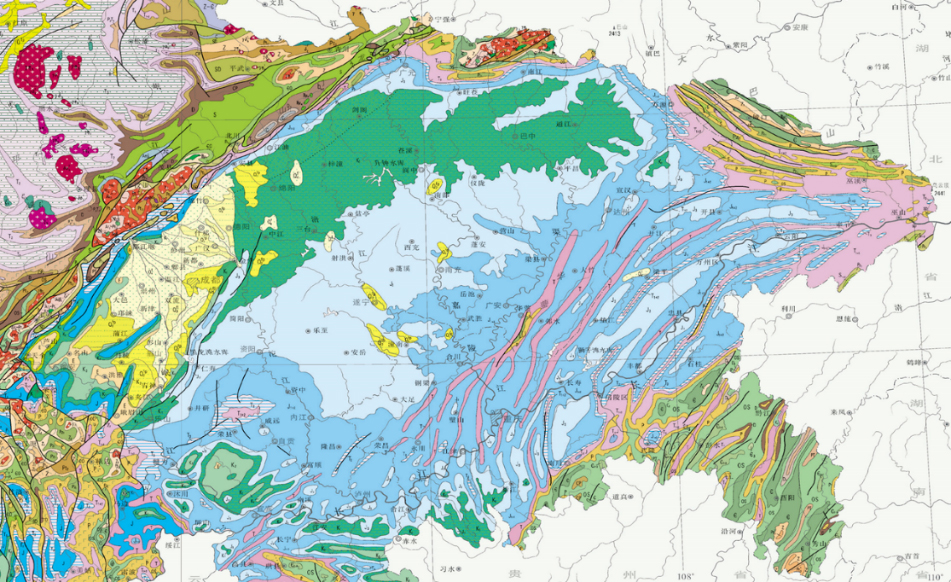
Fig.1 Geological mapping of Sichuan Basin
I will briefly introduce the geological characteristics of the oil and gas in Sichuan Basin
Sichuan basin, including Sichuan province, Chongqing, and part of the west of Hubei province and southern Guizhou province, is located at the southwest China (Figure 1). It covers the area about 18×104㎞2. Since the oil and gas exploration began on a large scale in 1950s, nearly 20 oil reservoirs and 200 natural gas reservoirs have been explored and exploited. There are many types of petroleum within the Sichuan basin, such as carbonate reservoirs, tight sandstone reservoirs, volcanic reservoirs, shale oil and gas, coal-bed methane, oil sand, etc.
The main petroleum geological characteristics of the Sichuan basin are as follows:
The Sichuan basin experienced multi-phase tectonic movements and the movements in the late period are intense
The Sichuan basin experienced multiple tectonic movements, including the Caledonian movement, the Hercynian movement, the Indochina movement, the Yanshanian movement, and the Himalayan movement, and twelve unconformities can be identified. The Sichuan basin has undergone three evolutions, from passive continental margin to craton then to foreland basin. The basin suffered a tectonic movement cycle of extension-compression during the period of early Caledonian to the Hercynian. The tectonic movement became intense during the period of late Yanshanian to the Himalayan. Stratum was compressed and eroded; the main folds and faults were formed during this period.
Vertical multiple oil and gas systems, mainly the natural gas system
There are 13 petroleum reservoirs in the Sichuan basin, which are distributed vertically from the Jurassic to the Sinian (Figure 2). Except for the Jurassic Ziliujing formation, which is an oil and gas systems, all others are natural gas systems.
Multiple sets of source rocks are developed, and the main source rocks of marine strata have high thermal evolution degree and old stratigraphic age
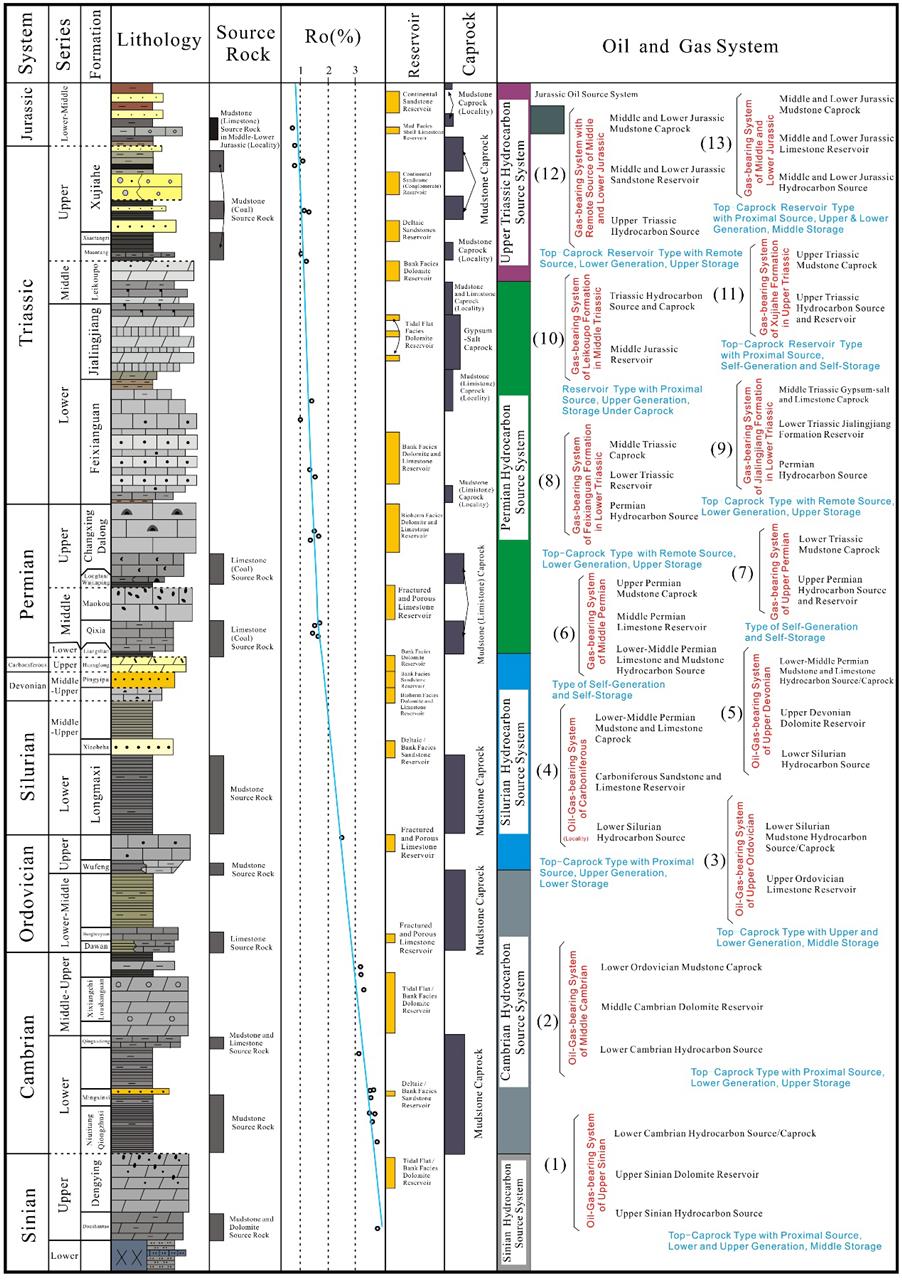
Fig 2 Main oil and gas system in Sichuan Basin from Sinian to Jurassic
Six primary source rocks are developed in the Sichuan basin.
- The lower Cambrian Niutitang(Qiongzhusi) formation mudstone(shale), the TOC content is 2%-8%, RO>2% up to 6%, and kerogen type is type I
- The lower Silurian Longmaxi formation mudstone(shale) source rock, TOC content is 1%-7%, Ro is 1.6%-2.5%, up to 4%, kerogen type is type I
- The middle Permian Qixia formation marl source rock, TOC content is 1%-7%, Ro is1.6%-2.5%, up to 4%, kerogen type is type I
- The upper Permian Longtan(Wujiapinping) mudstone source rock, coal bed, and Changxing formation micrite and marl source rock. TOC content of mudstone is 1%-5%, kerogen types are type II and III. TOC contents of limestone, micrite, and marl are 0.3%-1.8%, kerogen types are type I and III. Ro is 1.5%-2%, up to 3%.
- The upper Triassic Ma`antang formation, Xiaotangzi formation, and the third and fifth member of Xujiahe formation mudstone(shale) source rock. TOC content is 1%-3%, kerogen type is type III, Ro is 1.5%-1.6%, up to 1.8%.
- The middle-lower Jurassic Ziliujing formation mudstone and marl source rock. TOC content of mudrock is 1%-5%. Kerogen type is type II. TOC content of limestone source rock is 0.3%-1.5%. Kerogen types are type I and II. Ro is 1.2%-1.5%, up to 1.6%
In addition, there are five minor source rocks in the Sichuan basin.
The lower Sinian Doushantuo formation mudstone
- Dengying formation, the lower Cambrian Qingxudong formation limestone source rock
- The lower Ordovician Dawan formation, and Honghuayuan formation limestone source rocks
- The upper Ordovician Wufeng formation
- The lower Permian Liangshan formation mudstone(shale) source rock and coal bed
Multiple reservoir types, mainly the carbonate reservoir, and the tight sandstone reservoir
The reef flat facies carbonate(dolostone) reservoir contains the Sinian Dengying formation, the Cambrian Xixiangchi formation, Longwangmiao formation, the Ordovician Honghuayuan formation, Baota formation, the Carboniferous Huanglong formation, the Permian Qixia formation, Maokou formation, the Triassic Feixianguan formation Jialingjiang formation Leikoupo formation, and the Jurassic Ziliujing formation.
The carbonate ancient karst reservoir (refer specifically to fracture-cavity limestone reservoir) contains the Permian Qixia formation, and Maokou formation.
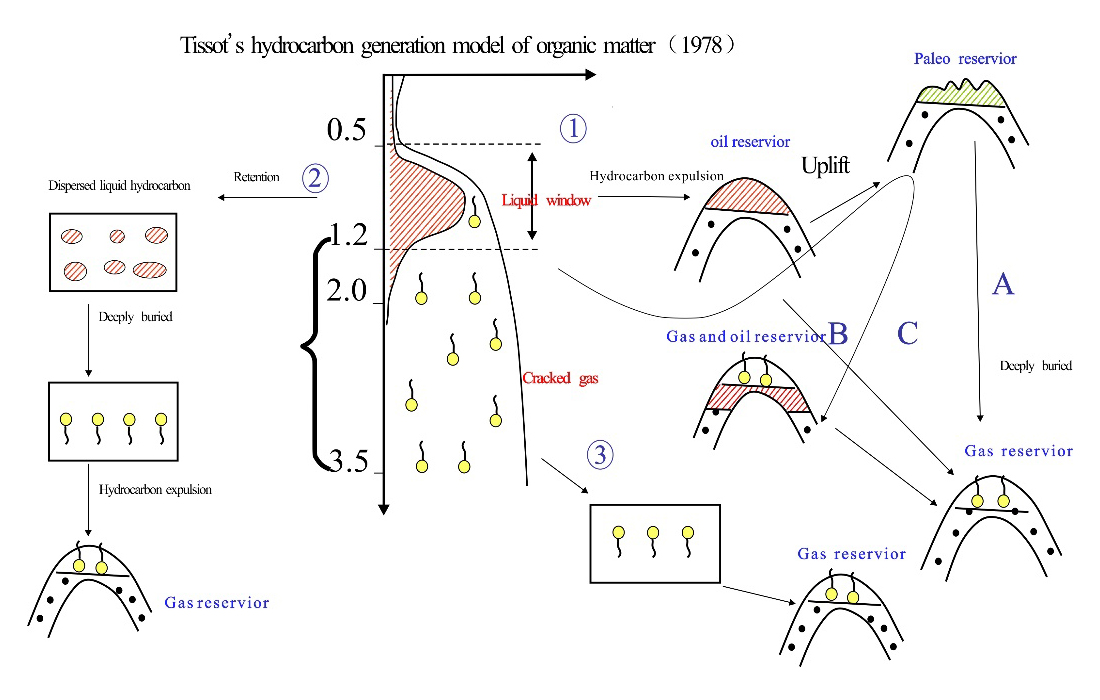
Fig 3 “multiple source accumulation” model of Paleozoic Marine carbonate gas reservoir in Sichuan basin
The fracture reservoir: fractures are developed in every reservoir of the Sichuan Basin, but only the Triassic Xujiahe sandstone formation and the Jurassic shelly limestone are the facture reservoirs.
The tight sandstone reservoir includes the upper Ordovician sandstone, the Silurian Xiaoheba formation sandstone, the Devonian Pingyipu formation sandstone, the Triassic Xujiahe formation sandstone, and multiple sets of the lower middle Jurassic formation tight sandstone.
The shale oil&gas reservoir includs the lower Cambrian Niutitang(Qiongzhusi) formation, the upper Ordovician-the lower Silurian Longmaxi formation, the lower Permian Longtan formation, the upper Triassic Ma`antang formation, Xiaotangzi formation, the third and fifth member of Xujiahe formation, and the Jurassic Ziliujing formation.
The coal bed methane reservoir contains the Permian Longtan formation, the upper Triassic, and the third and fifth member of Xujiahe formation.
The Volcanic reservoir is the middle Permian Emeishan basalt.
Within various types of caprock, the salt rock gypsum layer and mudstone with relatively stable distribution are regional caprock.
Diverse hydrocarbon accumulation types and mechanisms in the basin
The history of gas accumulation in the Sichuan basin is complicated. The characteristics of gas accumulation are late gas accumulation and multiple hydrocarbons supporting (Figure 3), multiple migration, multiple filling, and multiple adjustment. The Petroleum accumulation experienced complex process of filling-adjustment-modification-secondary migration.
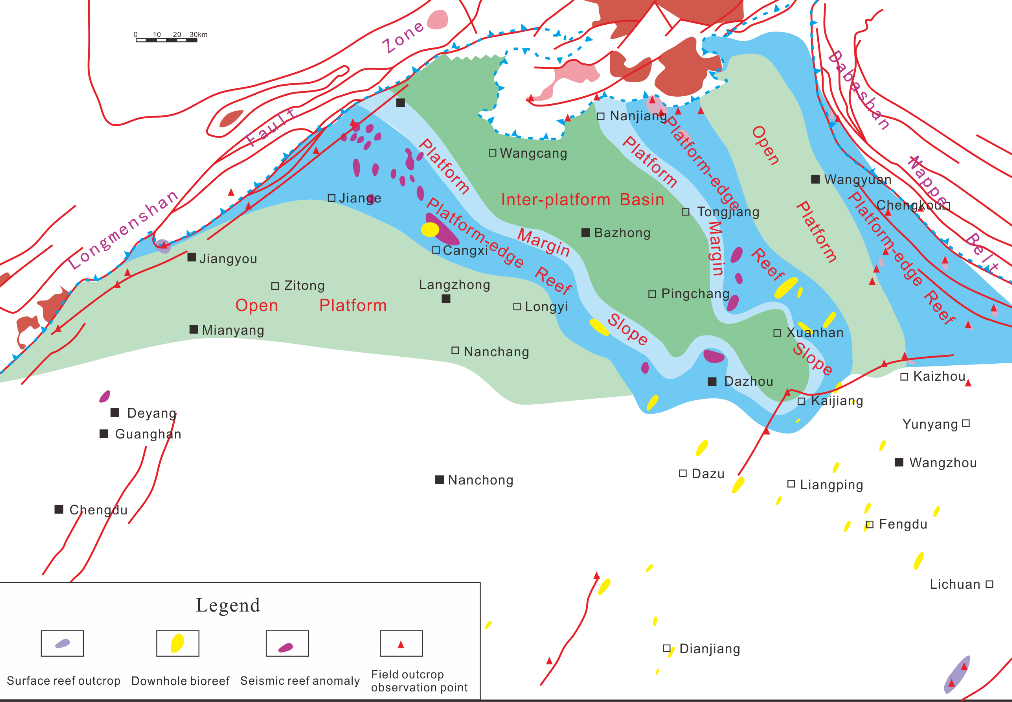
Fig 4 Sedimentary facies distribution map of Permian changxing - feixianguan Formation in Sichuan basin
In the history of the Sichuan basin evolution, the tectonic differentiation controls the sedimentary differentiation. The sedimentary differentiation controls the formation and distribution of accumulated petroleum materials, which in turn controls the formation of hydrocarbon accumulation systems. Research shows that the rift trough and large paleouplift, which formed during the early tectonic movement, are the critical factors that control the large-scale accumulation of oil and gas in the Sichuan basin (Figure 4).
We summarized the regularities of Paleozoic carbonate oil and gas accumulation in large-scale sedimentary basin in china and proposed a model with three levels and ternary of the hydrocarbon accumulation region, zone, and reservoir, which controls the hydrocarbon accumulation (Figure 5).
Please describe one of your favorite tools or techniques that have yielded fresh insights.
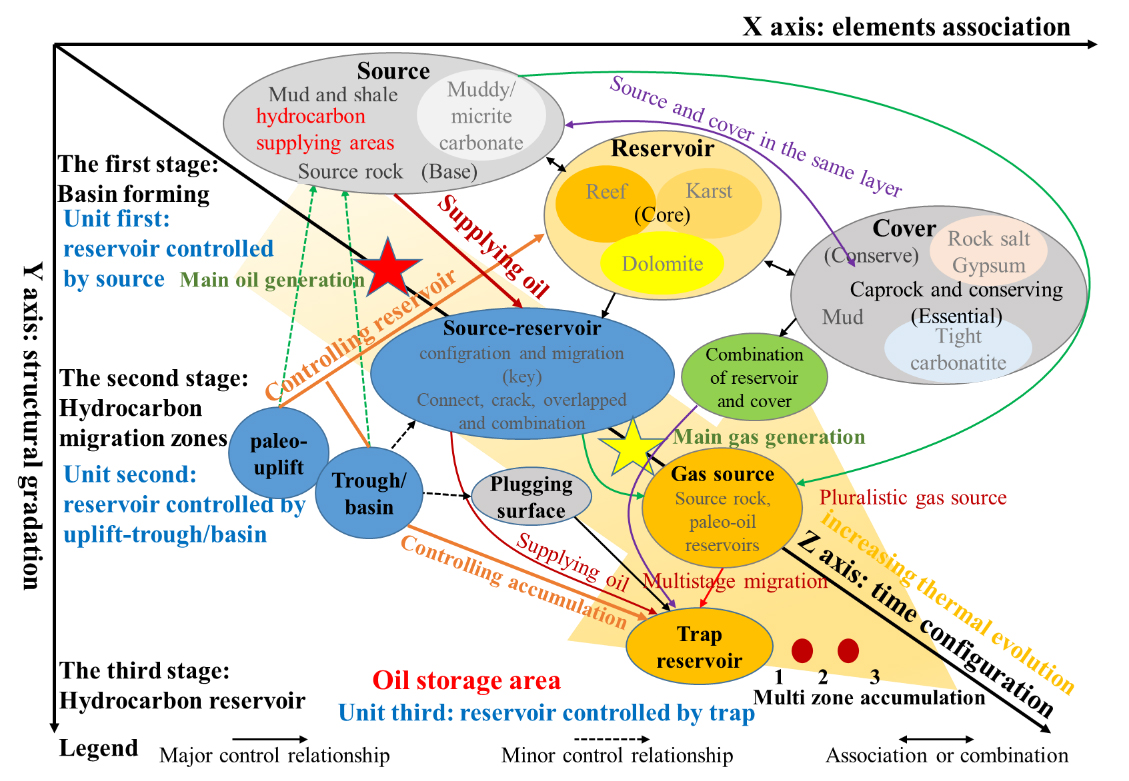
Fig 5 Accumulation element model of carbonate reservoirs in Sichuan basin
My favorite tool is microscope. I conduct a lot of microscopic thin film observations and statistic analysis every year, and we gradually formed some new understandings by observing the new geological phenomena during the research. For example, in the past 10 years, I have been mainly engaged in the study of shale gas reservoirs. We obtained some new insights of the micropore types of Paleozoic marine shale gas layers in China through microscopic observation and statistical analysis. Especially the types of organic pores, their developmental characteristics, the types of quartz in mud shale, and their geological significance. As illustrated in the following examples:
Types of organic pores, in situ organic matter (kerogen) and formation of pores in the migrated bitumen in shale gas reservoirs
Through research, we identified the types of organic pores in marine shale gas formations in China and described their main characteristics (Table 1). Organic pores in mud shale are divided into five categories and seven sub-categories.
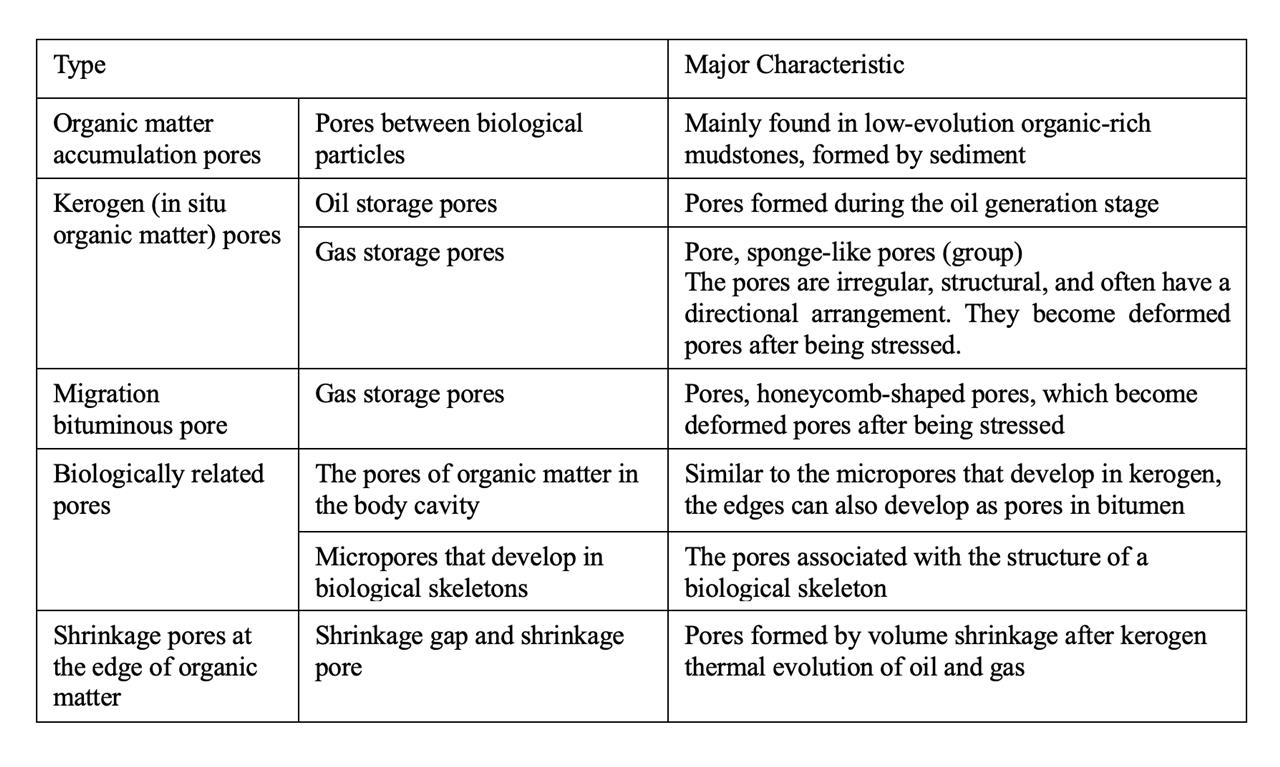
Table 1 types and characteristics of organic pores in shale oil and gas reservoirs
Atomic force microscopy was used to distinguish the pores developed in kerogen (in situ organic matter) from the pores developed in migrated bitumen (Figure 6). The amount of pores in the kerogen is relatively small compared to the migration bitumen. The statistical results show that the amount of the pores developed in kerogen are only 20% -30% of the pores developed in migration bitumen. Pores in kerogen mainly develop in the "bitumen" between kerogen molecular chains. If kerogen molecular chains have "directional", the developed pores also have "directional". Because of the limited width of the gap between the kerogen molecular chains, such pores , which are gradually developed through the so-called nucleation of the gas in the liquid (oil), may be elliptical. The pore growth in bitumen is relatively free. Without the influence of the external stress, it can form nearly round pores through nucleation, and numerous pores can be connected to form multiple bubble structures.
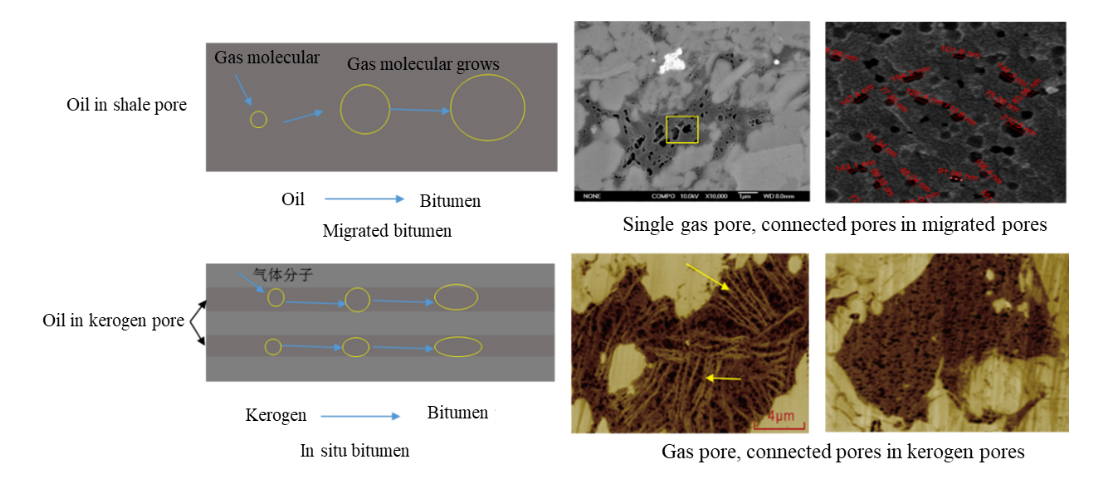
Fig 6 pores in migrated bitumen and in situ kerogen
These pores are formed during the early stage of the crude oil cracking. Once the crude oil is "bituminized", external stress can be transmitted to the pores, and the near-circular pores are deformed due to the stress, forming elliptical and partially deformed pores (Figures 7 and 8).
In the process of gradual bituminization, due to the different systems of organic matter, the formation, the size, and the development degree of the pores are different. Three types of systems can be initially divided (Figure 9).

Fig 8 (A) Low stress effect for organic pore shape (Longmaxi Formation, Ⅰ-Ⅱ1 type, well YC2, 460m,TOC=2.4%,Ro=2.6%)
(B) High stress effect for deformed organic pores (Xingwen section, Longmaxi Formation, Ⅰ type, TOC=3.81%, RO=3.05%)
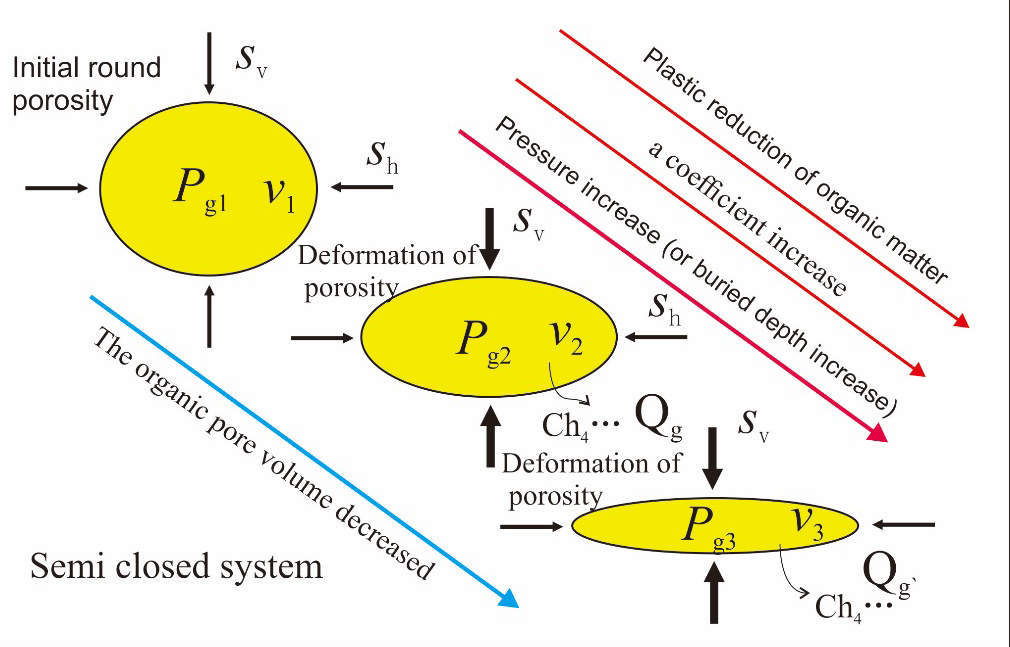
Fig 7 The effect of depth and stress for organic pores
Evolution of the closed systems (Mainly found in organic matter in in-situ kerogen). After the formation of pores, the thermal cracking of crude oil was delayed due to the gradual increase of system pressure, and the development of pores was limited, resulting in fewer and smaller pores.
Semi-closed system (In most cases). Oil cracking results in increased pore pressure, which causes some fluids (gas and oil) are spilled out of the system. The pressure increment slows down or stagnates, and both the amount and the size of the pores are increased.

Fig 9 Formation of pores in different pressure systems under confining stress conditions
Open systems (May be mainly crude oil transported out of in situ organic matter or migration bitumen, which should be rare). The cracking of crude oil in the system causes pressurization, which leads to the formation of pores. The supercharging causes the fluids drain out of the system, the causes the system pressure drops and the system material decreases. The external stress compresses the space in the system. Once the material in the system has a certain stress conductivity, the pores in the system will be compressed or even disappear. The pores of organic matter in this kind of system are not developed, but the number of deformed pores is increased.
What are some of the new or future techniques that you may dramatically change how we explore for and produce hydrocarbons?
New technologies in oil and gas exploration are constantly emerging nowadays, and many of them are still in their early stage of development. In my opinion, the following four technologies are relatively important in the future
- Big data evaluation technology for oil and gas exploration and development;
- Intelligent drilling and completion technology and geological-engineering intelligent fracture network fracturing technology;
- Fine geological evaluation and enhanced oil recovery technology of old oil areas based on geological-engineering combination;
- Fluidized mining technology of unconsolidated hydrates on the surface of the sea.
Please recommend a book that you think the audience may enjoy.
Philosophical books and professional books on petroleum geology and development are my favorite genres. Among all, I would recommend a scientific philosophy book to the readers: Scientific Method and Scientific Dynamics-An Overview of Modern Philosophy of Science by Qiu Renzong, Knowledge Press, 1984.09